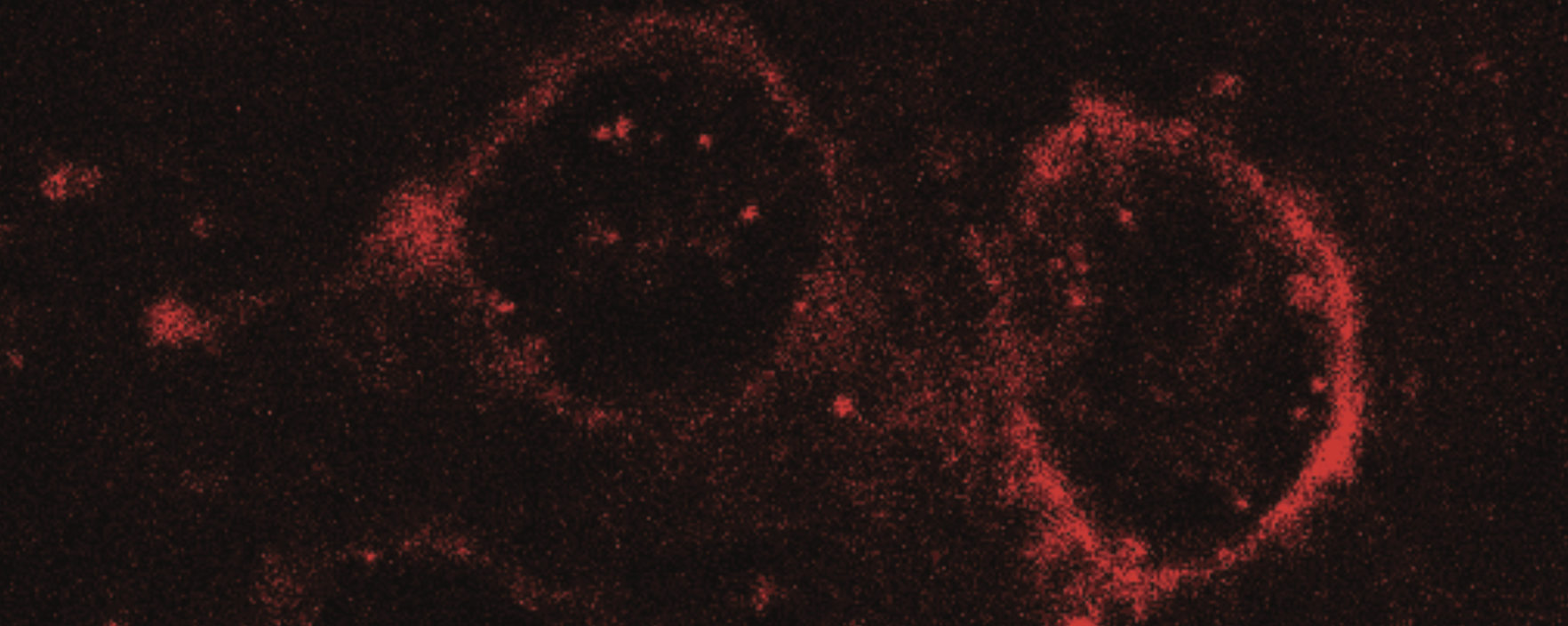Optimization of experimental procedure for assessing transition metal ion FRET in LeuT
Resumé
Neurotransmitter sodium symporters (NSSs) are important for the regulation of neurotransmitters, such as dopamine and serotonin, which are involved in addiction and depression, along with several other diseases. The bacterial NSS, LeuT, has been proven to be a good model protein for the mammalian NSSs. Conformational changes of LeuT can be examined using transition metal ion Fo ̈rster Energy Resonance Transfer (tmFRET), where the energy transfer between a fluorescien dye and a di-histidine bound Ni2+ is measured. When utilizing tmFRET, free Ni2+ is added to the solution, which also adds to the unspecific quenching signal detected. It is therefore necessary to remove the signal from the unbound Ni2+, in order to properly investigate the impact of specific bound Ni2+. Here we investigate whether the effect of Zn2+ can be used to inhibit FRET contribution from specifically bound Ni2+ and thereby isolate the non-specific signal. We found that Zn2+ can competitively inhibit the binding of Ni2+ to the di-histidine motif of LeuT, thereby representing an easier, and perhaps more consistent, method for removing the signal from unbound Ni2+ during tmFRET measurements.




